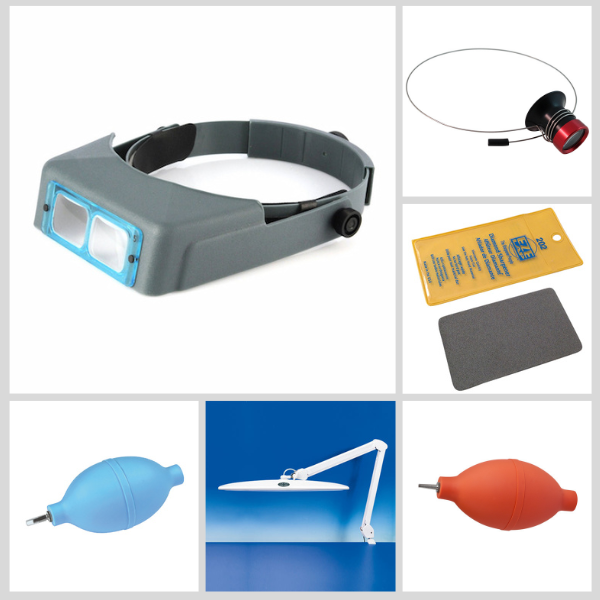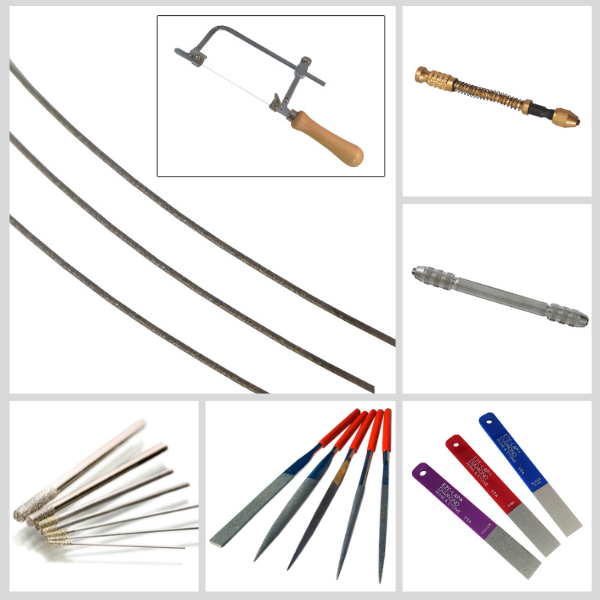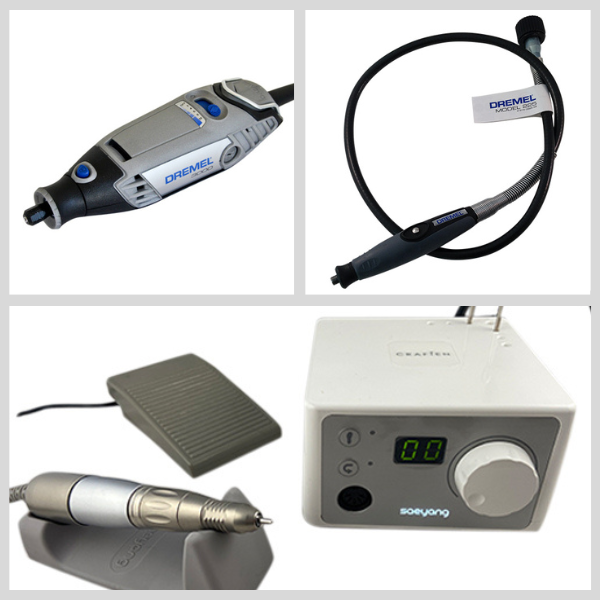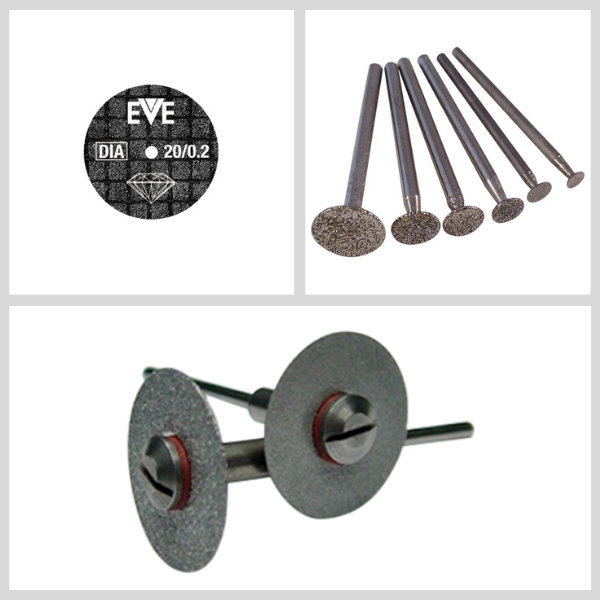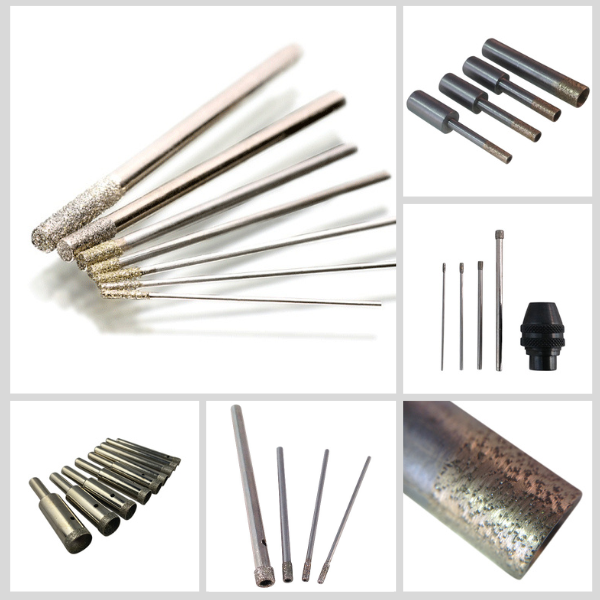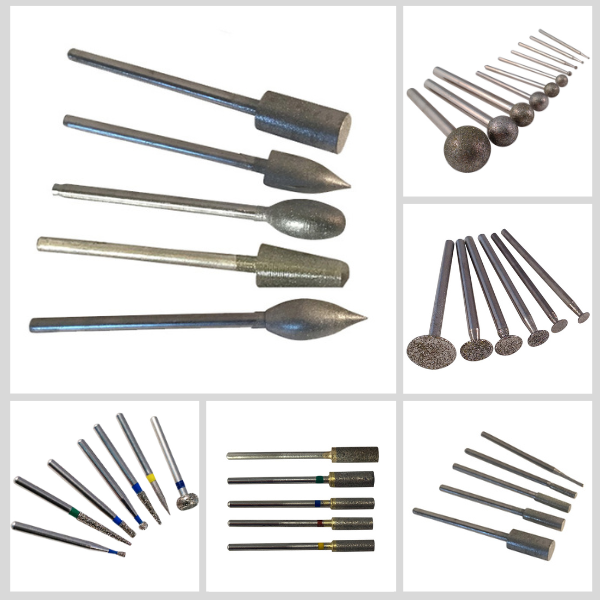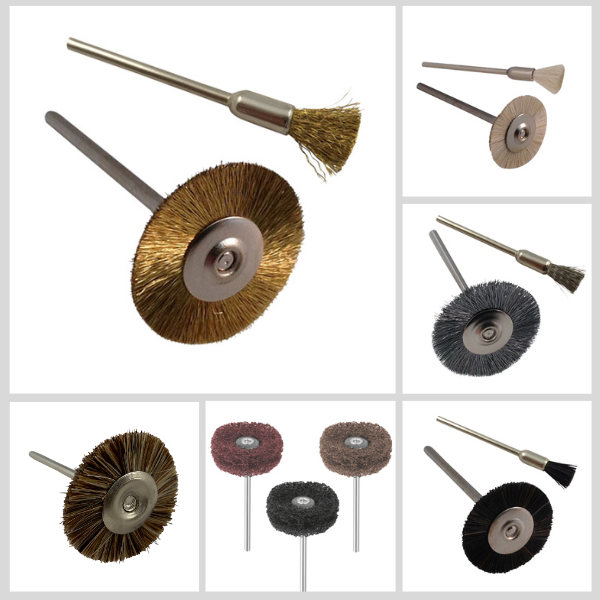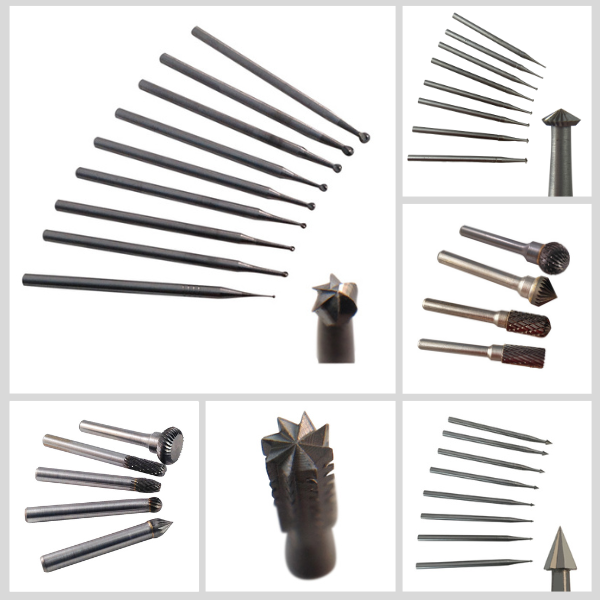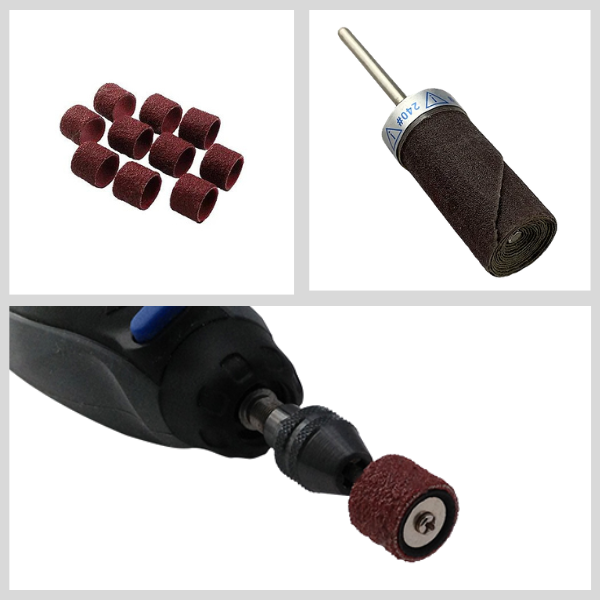Buried beneath layers of sediment and time lies a world once inhabited by creatures from bygone eras - the study of ancient life unearths fragments of geological and evolutionary history through the medium of fossils.
Fossil preparation, or the work of unveiling these remnants of ancient life, requires a careful blend of artistry, science, patience, and precision. This process of 'unmasking' differs vastly based on the nature of the fossil and the surrounding matrix, having developed continually over recent years to allow the most thorough scrutiny of fossil specimens.
How Do You Remove Matrix From Fossils?
Mechanical Preparation: Manual Prep, Power Tools, and Pneumatic Tools
Both hand tools and power tools are invaluable assets to any fossil preparator. Hand tools such as the humble dental pick and pin vice have been used for centuries to carefully remove excess rock from fossil bones and other delicate fossils. However, Hand tools have seen a shift towards precision, with new tools to optimise user control and structural integrity.
Power tools and pneumatic tools include devices like the air pen and air scribe, which utilise an air compressor to generate small, high-speed impacts that help remove matrix material.
Notably, air abrasives have entered the field of fossil preparation. These abrasive units, ranging from a miniature sandblaster to more complex systems, deliver a controlled stream of abrasive powder such as sodium bicarbonate, propelled by compressed air, to delicately remove matrix surrounding the fossil. Worth noting, however, is that mechanical means must always be employed thoughtfully to preserve the integrity of the fossil and should not be used for valuable museum and geology samples.
Shedding Light on Fossil Preparation Tools: A Detailed Dive into Paleontological Provisions
From the surface, the world of palaeontology may seem dominated by vast landscapes and extreme patience. However, to truly unearth the marvels fossil specimens have to offer requires a robust collection of fossil preparation tools - not unlike an artist's palette - which allow a fossil preparator to chisel away at the matrix material, meticulously revealing hidden treasures.
How to Clean Fossils: Workshop and Equipment Supplies
The workshop of a fossil preparator resembles that of an artist or craftsman, lined with tools carefully designed for the delicate task. Some at-the-bench equipment to make life easier are items such as the following:
A diamond sharpener will serve to keep your tools sharp, maximizing efficiency and precision during fossil preparation.
Pneumatic Tools
Air tools have revolutionised the cleaning process. Air tools do the work of scratching and peeling away the sediment, their intensity controlled by varying the air pressure supplied by an air compressor.
Hand Tool Equipment
Traditional hand tools like the Hand Saw, Archimedes drill, dental pick and pin vice persist in the palaeontologist's tool belt, used for the careful extraction of fossil bone and other delicate fossils. Using hand tools allows for a personal touch and meticulous control over the specimen and is ideal for use in sample extraction.
- Piercing hand Saw
- Diamond Saw Blades
- Hammers
- Pin Vice
- Archimedes Drill or Archimedian Drill
- Diamond drill bits
- Dental Pick
- Diamond Files
Power Tools
For larger fossils or harder matrices, power tools serve as important pieces of kit. These include Micro Motors, Rotary Tools such as a Dremel, miniature saws, and grinders, offering a strenuous counterpoint to more delicate tools.
- Micro Motor
- Rotary Tool
- Miniature Saws
- Grinders
Essential Power Tool Accessories for Fossil Preparation
Diamond Cutting Discs: Ideal for making precise cuts in the matrix and fossil without generating excessive heat, these discs are designed for durability and minimal wear, perfect for working on various materials.
Diamond Drill Bits: Often referred to as diamond tipped drill bits these are perfect for hand drilling and in an Archimedes drill or with speed in a Rotary Tool.
Diamond Burrs: Available in many shapes, sizes and grit sizes from coarse to very fine for material removal either in a hand drill or rotary tool.
Miniature Wire Brushes: Available in brass, stainless steel, and nylon, these brushes allow for gentle cleaning of the matrix and fossil surfaces without causing damage.
Carbide Burrs: Available in a variety of shapes and sizes, carbide burrs provide the ideal accessory for shaping, grinding, and removing material from fossils in a controlled manner.
Chisels: Either hand held or compatible with rotary tools like Dremel, chisels come in various sizes and shapes, allowing fossil preparators to carve through the matrix material efficiently while preserving the integrity of the specimen.
Sanding Drums and Sander Rolls: Perfect for smoothing fossil surfaces and creating even texture, sanding drums come in different grit sizes to cater to the varying needs of fossil preparation.
Polishing Buffs and Compounds: Utilized for adding a finishing touch to the fossils, polishing buffs and compounds come in various types, designed to achieve the desired level of shine and lustre on the specimen.
Flexible Shaft: An extension, or Flexible shaft adds flexibility and maneuverability to the power tool, making it easier to reach hard-to-access spaces during the fossil preparation process. The Dremel Flexible Shaft is affordable and reliable.
Flexible Hose: For use with air-driven tools, flexible hoses ensure that the power tool's movement can be carefully adjusted, providing greater control and precision during the extraction process.
Safety Equipment
From protective goggles to dust masks and gloves, wearing proper safety equipment is crucial during fossil preparation. These accessories protect your eyes, respiratory system, and hands from flying debris, dust, and sharp objects.
Substances and Consumables
Chemical substances play crucial roles in both the preparation and preservation of fossils. Polyvinyl Acetate stabilizes fragile or fractured fossils, while epoxy resins help to fill in cracks or gaps in the specimen. However, the use of these methods requires an understanding of the fossil’s mineral composition to prevent inadvertent damage.
Polyvinyl Acetate or various epoxy resins serve as stabilizers during and after the process. These materials consolidate the fossil, fortifying it against any potential damage during preparation and subsequent handling.
Abrasives, utilised in techniques like air abrasion, effectively remove matrix material without damaging the fossil. The choice of the abrasive powder - sodium bicarbonate, for instance - relies heavily on the hardness of the surrounding matrix and the nature of the fossil itself.
Fossil Polishing
Polishing adds a finishing touch to the specimen, enhancing visibility and adding a protective layer. Silicon carbide paper and tools are often used for polishing, accommodated by varying grit sizes to refine the specimen's surface incrementally.
Diamond pastes offer a high-quality polish, ideal for bringing out the finest details of the fossil.
Preparing for Success: Choosing the Right Tool
The choice of fossil preparation tools extends beyond the simple one-size-fits-all approach. The fossil preparator must consider the hardness of the matrix, the delicacy of the fossil, and even their own skill level.
The core philosophy guiding fossil preparation is respect for the fossil – elevating it from its stone confines while minimising damage. Striking that balance - that's where the fine art and science of fossil preparation comes into play.
Optically Stimulated Luminescence (OSL) Sampling
Techniques and Applications
OSL is a dating technique, which serves as a geochronological tool to determine the chronology of geological and archaeological materials.
It can be applied to an assortment of sediment types, with its primary focus on providing an estimation of when the sediments were last exposed to sunlight or sufficient heating, making it particularly relevant to archaeological, paleoenvironmental, and geomorphological studies.
OSL sampling requires meticulous care, as it is vital to minimise light exposure during and after the sampling process.
Understanding OSL: The Basics
OSL is based on the property of certain minerals, predominantly quartz and feldspar, to store energy when they are exposed to ionizing radiation from natural sources like cosmic rays, and radioactive isotopes of uranium, thorium, and potassium.
The stored energy accumulates over time, serving as a record of elapsed time since the mineral was last exposed to light or heat, resulting in the phenomenon we call 'luminescence.'
Optically stimulated luminescence works by exposing the mineral sample to an external source of light usually at a specific wavelength, thus 'stimulating' the release of the stored energy in the form of photons or luminescence. The amount of produced luminescence is directly proportional to the accumulated energy and, consequently, the time elapsed since the last exposure.
OSL Sampling Procedures
The key to successful OSL sampling lies in the careful extraction, handling, and processing of the sample material, ensuring minimal exposure to natural or artificial light. Here are the most commonly employed sampling techniques:
Light-Tight Sampling
Tube Sampling: Comprises the use of light-tight, opaque metal or PVC tubes, which are hammered into the sedimentary unit to extract a sample, later sealed tightly to prevent light exposure. This technique is mostly used for unconsolidated sediment samples.
Block Sampling: Deploys a saw or chisel to extract consolidated or semi-consolidated sediments as blocks, while ensuring that excess sediment remains around the extracted sample for protection against light exposure. The sample is then carefully wrapped in thick light-tight material and sealed in a container.
Sample Handling and Laboratory Processing
Once the sample has been carefully extracted and secured in light-proof containers, it is transported to a laboratory for further processing and analysis. The process generally involves the following steps:
Sample preparation: Extracting the sample in complete darkness or under dim red light conditions, removing any organic matter or carbonates present.
Mineral separation: Separating the target minerals (e.g., quartz or feldspar) usually through processes like sieving, density separation, and magnetic separation.
OSL Measurement: Exposing the extracted mineral to light stimulation, recording the emitted luminescence, and calculating the OSL age using the Equivalent Dose (De) and the dose rate.
Age Interpretation: Interpreting ages obtained through OSL by correlating them with other stratigraphic, environmental, and archaeological information.
Applications of OSL in Geosciences and Archaeology
OSL has been extensively applied in various geosciences and archaeology-related fields, including:
- Dating sedimentary formations and identifying the age of depositional events.
- Studying the evolution of landscapes: rates of erosion, sedimentation, and geological processes.
- Investigating archaeological sites, providing chronological context for human occupation and activities.
Overall, OSL sampling and analysis have made remarkable contributions to our understanding of Earth's complex history and human evolution. By continually refining and improving the technique and its applications, researchers can unlock the secrets of the past and comprehend the intricacies of our natural and cultural heritage.
Roles and Responsibilities: The Professional Fossil Preparator
The professional fossil preparator navigates the delicate procedure of fossil preparation, ensuring that the specimen’s scientific value is maximally preserved. This role demands a blend of technical knowledge, hand-eye coordination, and patience, particularly when handling vertebrate fossils and other delicate specimens such as the Isotelus trilobite. Their work is done mostly in the preparation lab - or the fossil shack, as some affectionately refer to it.
Notably, prep labs, like those at the Field Museum, Burke Museum, and Natural History Museum or the British Museum, are areas of extensive paleontological research and where hundreds of unearthed fossils undergo preparation annually.
Working within these labs, fossil preparators often face the difficult task of excising fossilized remains from their rocky matrix using carbide needles, delicate diamond burrs or dental tools, demonstrating their skill and precision.
Ethical Considerations: The Public Trust, Private Collections, and Scientific Research
Fossil preparators, whether working in a prep lab at a renowned field museum or preparing a person’s fossil for a private collection, hold significant responsibility. They hold historical and scientific artefacts in their hands and the public trust.
These fossils represent a critical resource for scientific research and contribute significantly to our understanding of ancient life. As such, fossil preparators must uphold the highest standards of care and respect for these treasures. Thanks to their work, we can better understand and appreciate the story of our planet.
Looking To The Future
The fossil preparation method has greatly evolved and continues to do so in recent years. The consequence is a continual increase in our knowledge and understanding of the past, preserved in fossils and brought to light through the diligent work of fossil preparators. Fossil preparation is a fascinating field of persistence, precision, patience and, above all, respect for the legacies held within stone.
In sum, the world of fossil preparation tools is every bit as varied and complex as the specimens uncovered. As diverse as the world before us, it reminds us that, with the right tools in hand, we, too, can contribute to our understanding of the story beneath our feet.


